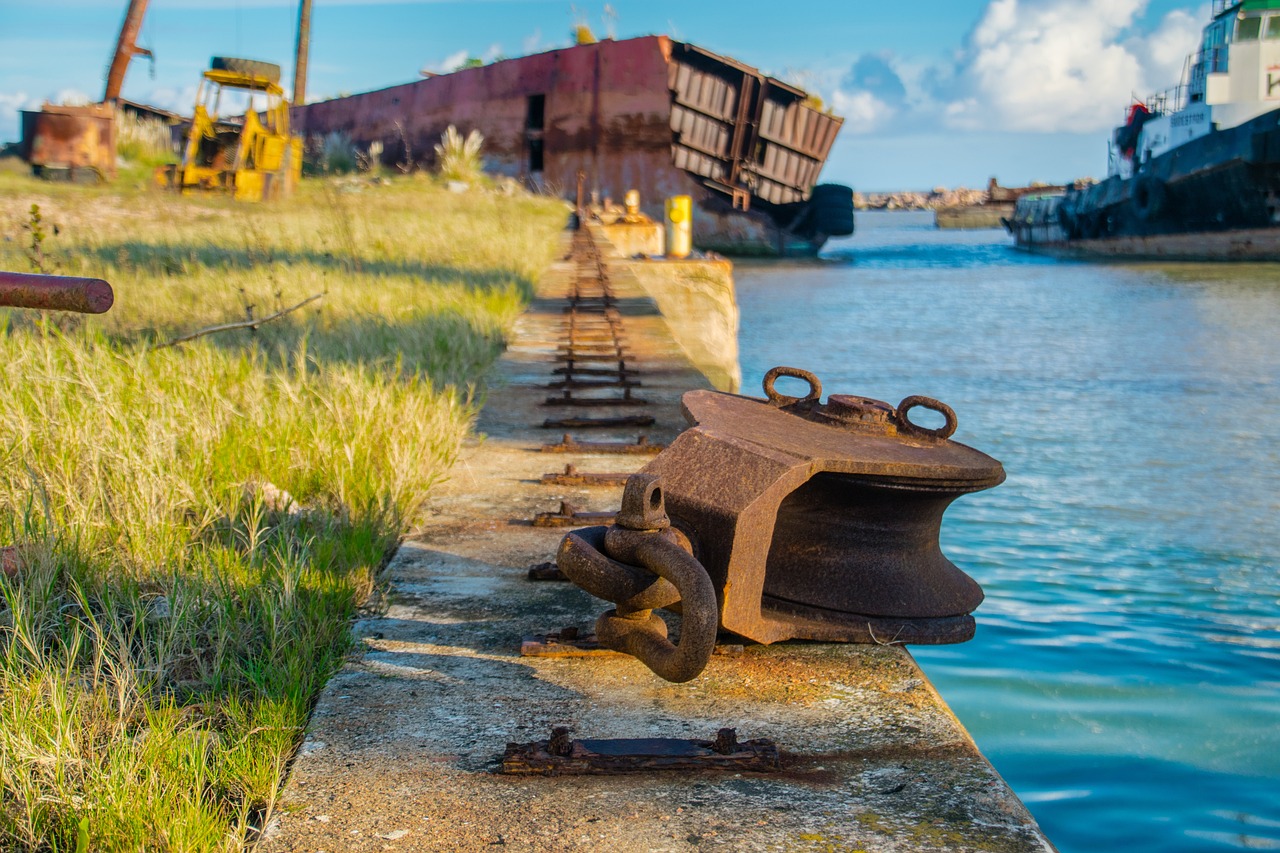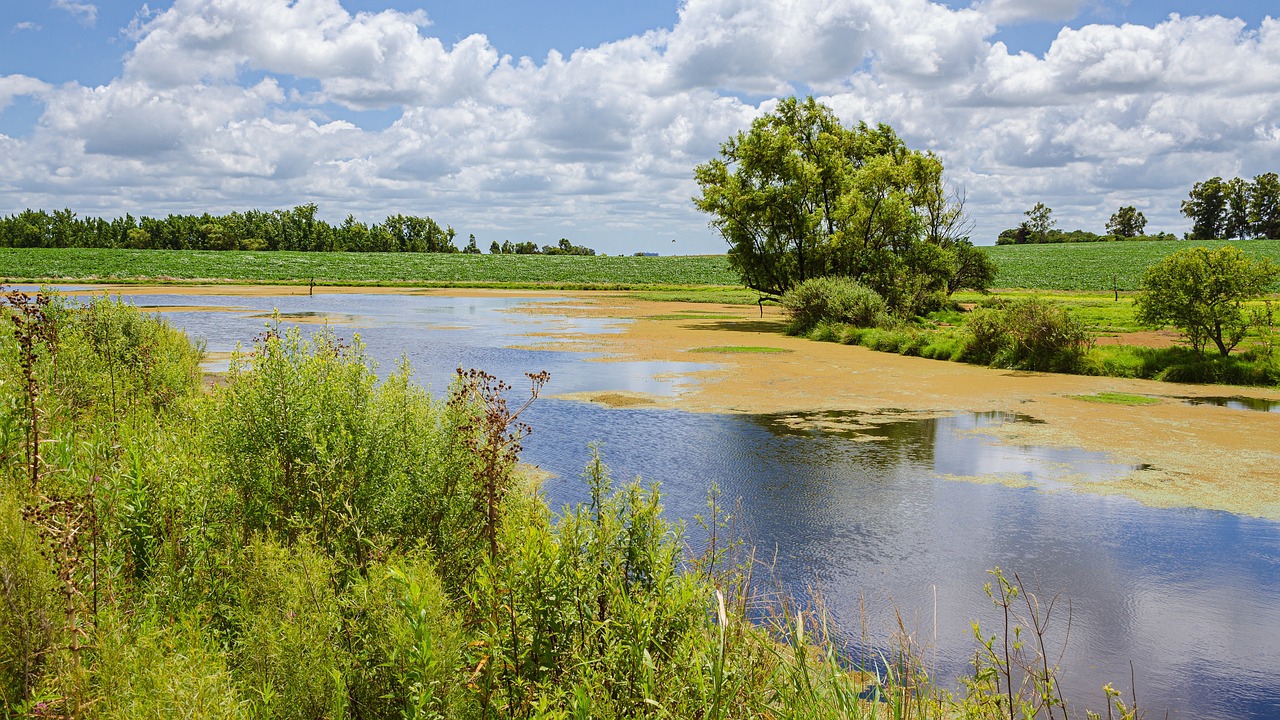Getting Around: Transportation Tips for Uruguay
Uruguay, a beautiful South American country, offers various transportation options for travelers to explore its rich culture, stunning landscapes, and vibrant cities. Whether you prefer public transportation or private means, Uruguay has a reliable and efficient transportation system to cater to your needs. In this article, we will provide you with detailed transportation tips to help you navigate Uruguay conveniently and enjoy your trip to the fullest.
Arriving by Air: Airports and Transfers
1. Carrasco International Airport: Located in the capital city of Montevideo, Carrasco International Airport (MVD) is the primary gateway to Uruguay. It serves numerous international and domestic flights, making it easily accessible for travelers from around the world. The airport offers various ground transportation options, including taxis, car rentals, and shuttle services, ensuring a smooth transfer to your destination.
2. Punta del Este International Airport: Situated in the popular beach resort town of Punta del Este, Punta del Este International Airport (PDP) primarily caters to seasonal flights and private jets. It provides convenient access to the coastal region and is well-connected to major cities in Uruguay.
Public Transportation: Buses and Trains
3. Bus System: Uruguay has an extensive bus network that connects cities, towns, and rural areas. The bus system is affordable, reliable, and a popular choice for both locals and tourists. Buses are operated by various companies, and you can find different classes of service, including regular, semi-cama, and cama, offering different levels of comfort. It is advisable to check the bus schedules in advance and purchase tickets at bus terminals or through online platforms.
4. Train Services: While Uruguay’s train system is not as extensive as its bus network, there are still a few scenic train routes available. The most popular one is the Ferrocarril Central, which connects the capital city of Montevideo with the city of San José. This train journey offers breathtaking views of the Uruguayan countryside.
Taxis and Rideshares
5. Taxis: Taxis are readily available in major cities and towns throughout Uruguay. They are a convenient mode of transportation for short distances or when you prefer a direct and private ride. It is advisable to use licensed taxis and ensure the meter is used or negotiate the fare before starting the journey.
6. Rideshare Services: Uber and other rideshare services operate in Uruguay, providing an alternative to traditional taxis. These services offer convenience and often provide competitive pricing. Make sure to have the necessary mobile app installed and an active internet connection to book a ride.
Car Rentals
7. Renting a Car: Renting a car in Uruguay allows you to explore the country at your own pace and access remote areas that might not be easily reachable by public transportation. Major car rental companies have offices at airports and cities. Ensure you have a valid driver’s license and familiarize yourself with the local traffic regulations before driving.
8. Road Conditions: Uruguay has a well-maintained road network, making it relatively easy to drive around the country. However, some rural areas might have unpaved roads or gravel surfaces, so it is advisable to choose a suitable vehicle based on your intended destinations.
Biking and Walking
9. Biking: Uruguay is a bicycle-friendly country, and many cities have dedicated bike lanes and rental services available. Exploring Uruguay on a bike allows you to enjoy the scenic routes, coastal paths, and charming neighborhoods at a leisurely pace.
10. Walking: Uruguay’s cities and towns are pedestrian-friendly, with well-maintained sidewalks and pedestrian crossings. Walking is a great way to immerse yourself in the local culture, explore hidden gems, and discover the vibrant street life.
Boat and Ferry Services
11. Boat Services: Uruguay has a coastline along the Atlantic Ocean, offering opportunities for boat tours, fishing trips, and water sports activities. Coastal towns like Punta del Este and Colonia del Sacramento have boat services available for exploring nearby islands and enjoying scenic cruises.
12. Ferry Services: Uruguay is connected to Argentina by ferry services across the Rio de la Plata. The ferry routes connect Montevideo with Buenos Aires and Colonia del Sacramento with Buenos Aires. These ferry services provide a convenient and scenic way to travel between the two countries.
Uruguay Image 1:

Public Transportation: Buses and Trains
- Bus System: Uruguay has an extensive bus network that connects cities, towns, and rural areas. Buses are affordable and reliable, with different classes of service available.
- Train Services: Ferrocarril Central is the most popular train route, offering scenic views of the Uruguayan countryside.
Regular: Standard bus service with comfortable seating.
Semi-cama: Bus service with semi-reclining seats.
Cama: Bus service with fully reclining seats, ideal for long-distance journeys.
Taxis and Rideshares
- Taxis: Taxis are readily available in major cities and towns. Use licensed taxis and ensure the meter is used or negotiate the fare in advance.
- Rideshare Services: Uber and other rideshare services operate in Uruguay, providing convenient and competitive transportation options.
Car Rentals
- Renting a Car: Renting a car allows you to explore Uruguay at your own pace and reach remote areas. Ensure you have a valid driver’s license and familiarize yourself with local traffic regulations.
- Road Conditions: Uruguay has a well-maintained road network, but some rural areas may have unpaved roads or gravel surfaces.
Uruguay Image 2:

Biking and Walking
- Biking: Uruguay is a bicycle-friendly country with dedicated bike lanes and rental services available. Explore scenic routes and coastal paths on a bike.
- Walking: Uruguay’s cities and towns are pedestrian-friendly, perfect for leisurely strolls and discovering hidden gems.
Boat and Ferry Services
- Boat Services: Enjoy boat tours, fishing trips, and water sports along Uruguay’s Atlantic coastline. Coastal towns offer boat services for island exploration and scenic cruises.
- Ferry Services: Ferries connect Uruguay to Argentina, with routes between Montevideo and Buenos Aires, and Colonia del Sacramento and Buenos Aires.
Uruguay Image 3:

Conclusion
Whether you prefer public transportation, private taxis, rental cars, or exploring on foot or bike, Uruguay offers a range of transportation options to suit every traveler’s needs. With a well-connected network of buses, scenic train routes, and convenient services like rideshares and ferries, getting around Uruguay is a breeze. Enjoy the country’s stunning landscapes, vibrant cities, and rich culture as you navigate its transportation system with ease.
References
– Carrasco International Airport: carrascoairport.com
– Punta del Este International Airport: pda.com.uy
– Uruguay Bus System: cutcsa.com.uy
– Ferrocarril Central: fc.com.uy
– Uber: uber.com/uy
– Rental Car Companies: avis.com.uy, europcar.com.uy
– Uruguay Bicycle Rental Services: montevideobiketour.com, ecobike.com.uy
– Colonia Express Ferry: coloniaexpress.com
– Buquebus: buquebus.com

